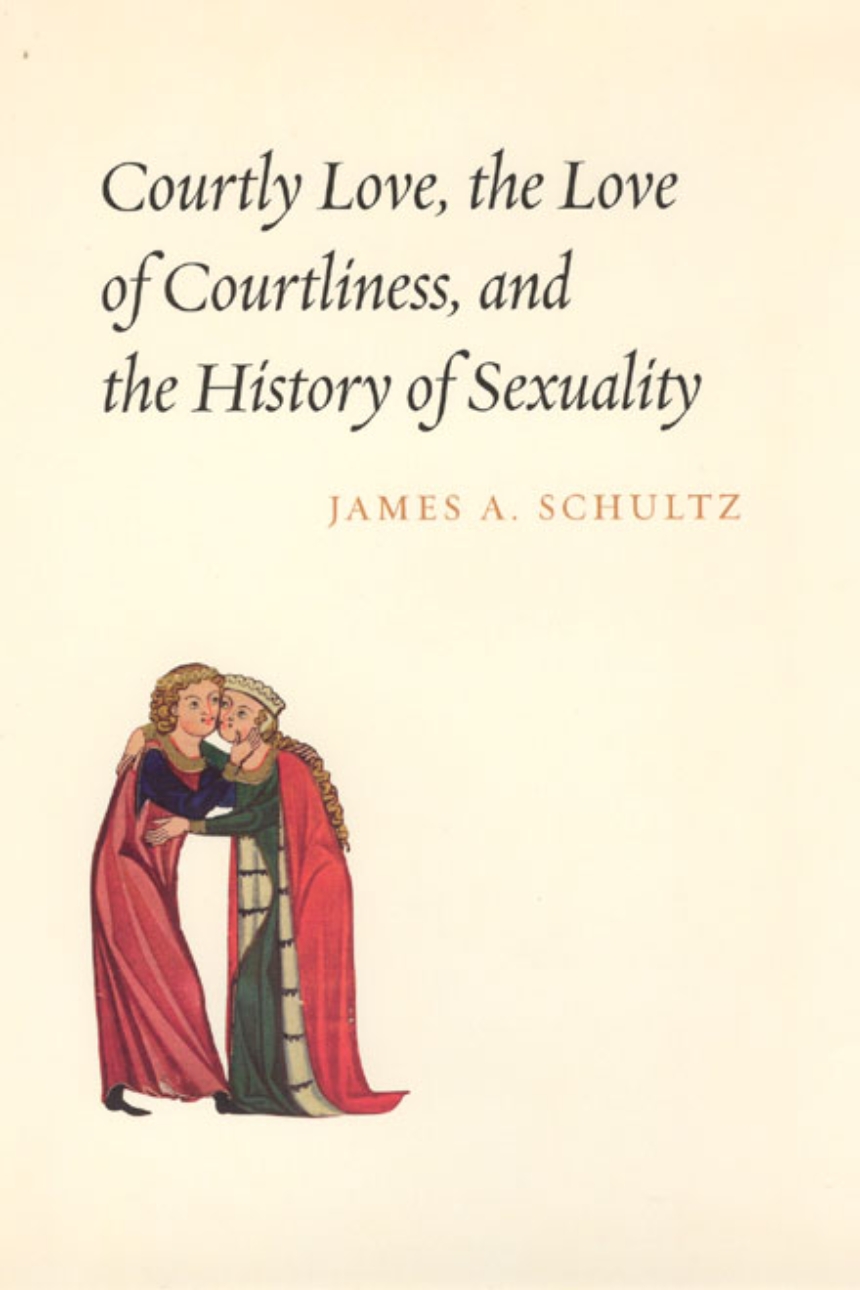Courtly Love, the Love of Courtliness, and the History of Sexuality
Courtly love, Schultz finds, was provoked not by the biological and intrinsic factors that play such a large role in our contemporary thinking about sexuality—sex difference or desire—but by extrinsic signs of class: bodies that were visibly noble and behaviors that represented exemplary courtliness. Individuals became “subjects” of courtly love only to the extent that their love took the shape of certain courtly roles such as singer, lady, or knight. They hoped not only for physical union but also for the social distinction that comes from realizing these roles to perfection. To an extraordinary extent, courtly love represented the love of courtliness—the eroticization of noble status and the courtly culture that celebrated noble power and refinement
224 pages | 6 x 9 | © 2006
History: European History, History of Ideas
Literature and Literary Criticism: Germanic Languages
Religion: Religion and Literature
Reviews
Table of Contents
Acknowledgments
Citations, References, and Names
Introduction: Courtly Sexuality and the History of Love
Causa materialis: What Sort of Bodies Are Involved?
1. Parzival’s Penis: A Brief History
2. The Sexual Identity of Courtly Lovers
3. The Aphrodisiac Body on Display
Causa efficiens: What Gets Them Going?
4. The Danger of Heterosexuality
5. Love without Desire
6. Aristophilia
Causa formalis: How Do They Manage It?
7. Single Singers: Suffering Alone in Public
8. Chivalric Couples: Knights, Ladies, and Marriage
9. Secret Lovers: Tristan, Isold, and the Watchman at Dawn
Causa finalis: What Do They Get Out of It?
10. Four Degrees of Intimacy
11. Taking Courtly Love at Its Word
12. Masculine Anxiety and the Consolations of Fiction
Notes
Bibliography
Index
